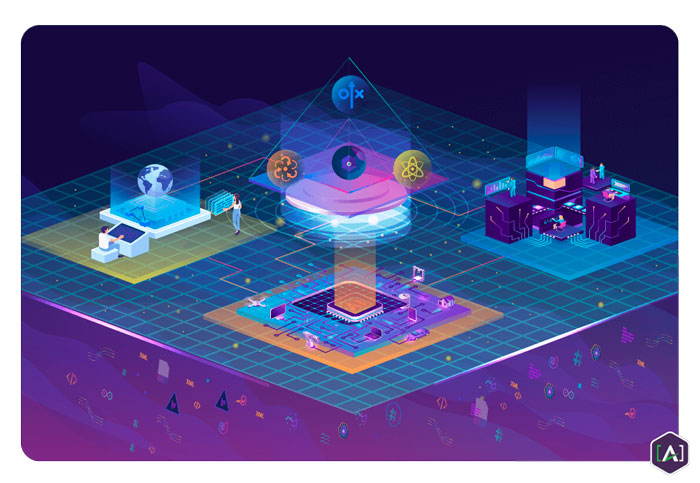This is the second installment of a five-part series on the Core Semantic Model from [A].
Every organization that uses content as part of the daily pursuit of more customers and increased market share within an industry is aware of the ever-increasing cost and overhead associated with
creating, managing, and publishing content.
Tightening product release cycles, increasing market specialization, and rapidly evolving customer expectations requiring
integrated and personalized experiences force the convergence of content across an enterprise.
Today, we need to dynamically create many different types of content across a busy and collaborative environment. Content needs to be freed of the walls and silos that prevent it from being cost-effective and developed for an
omnichannel world. We need more content, better content, and content that can be used in various ways for a diverse audience.
When content and customer context come together coherently at the “moment of relevance”, it forms an intelligent content experience (ICX).
An ICX is supported by three cornerstones of content intelligence:
 Content Structure:
Content Structure: the physical arrangement of the content.
 Content Semantics:
Content Semantics: conveys the context and interpretation of the content

Content Systems : create a content supply chain that applies structure and semantics to create omnichannel delivery.
[A] has established practices in all three areas with extensive experience working with clients to create an ICX. Working across many enterprises, we have found that developing a standard for handling content structure, semantics, and systems is foundational to creating intelligent content.
[A] offers the capability to create content in a way that’s both cost-effective and created for an omnipresent audience. Using our
Core Content Model (CCM) and
Core Semantic Model (CSM) methodologies, we’re able to map together an improved structure for content and then apply a semantic layer to enhance that content structure. Together, the CCM and the CSM provide an enterprise with a quick and effective way to improve existing and new content, and build toward an Intelligent Customer Experience.
Bringing silos together
Content comes from many places in an organization. And it always overlaps. At the product, at the customer journey stage, at the engagement across channels. Content about something needs to be accessed in different ways. It’s not monolithic to a department. Customers want unified and effortless access to content regardless of the phase stage of their relationship with an organization.
Making connections between content “areas” is what semantics is all about. Rather than destroying what’s been built and starting over, semantics brings it all together. A map of meaning is useful outside of one department. Meaning matters to the organization. Meaning matters to customers.
Organizations do not have to go to the expense and time of rebuilding content “silos”. Rather make connections between them to enhance the usability of existing content. Semantics becomes the “border breaker” of content silos, but not the destroyer. Semantics adds the light of meaning and relationships where there was the darkness of ambiguity and disconnection.
The distinct points within content silos that are unique can still be unique. Semantics connects and shows the relationships between those unique parts and out to the rest of the organization.
With a semantics map in place we are moving from a “before” state where content is locked down in separate silos, and an “after” where it’s connected and interoperable across domains.

The semantics map can start in any one department or function, but it must grow and connect. Semantic maps get more useful the more connections and relationships they describe.
Semantics maps can take the form of an enterprise knowledge graph. But they don’t have to start that way. They can start with simple, interconnected
taxonomies. Semantic mapping is the basis of all future semantic intelligence, and yet it can start with very humble and simple beginnings.

A map starts somewhere. Usually, it starts with a visionary person or group that understands that the territory needs a map. It’s time to make the maps of meaning. Start somewhere, anywhere. Then grow the meaning map in an integrated way so that the map works across the whole content domain. [A] has named that integrated map of meaning regardless of department or channel or tech, the ‘Core Semantic Model’.
Contact Us for a Free Consultation.